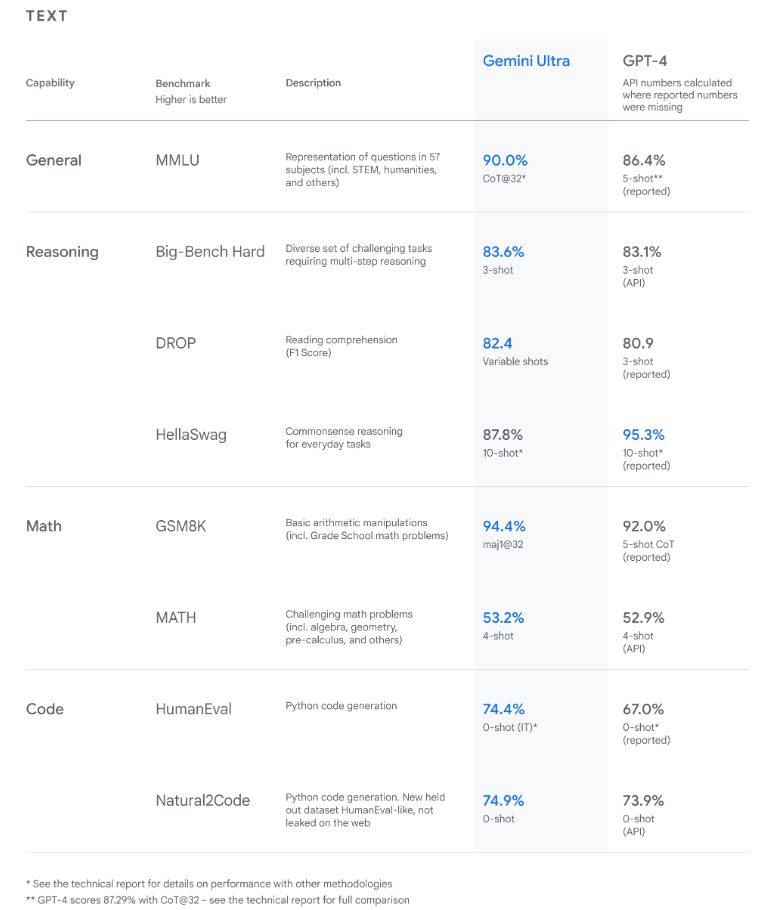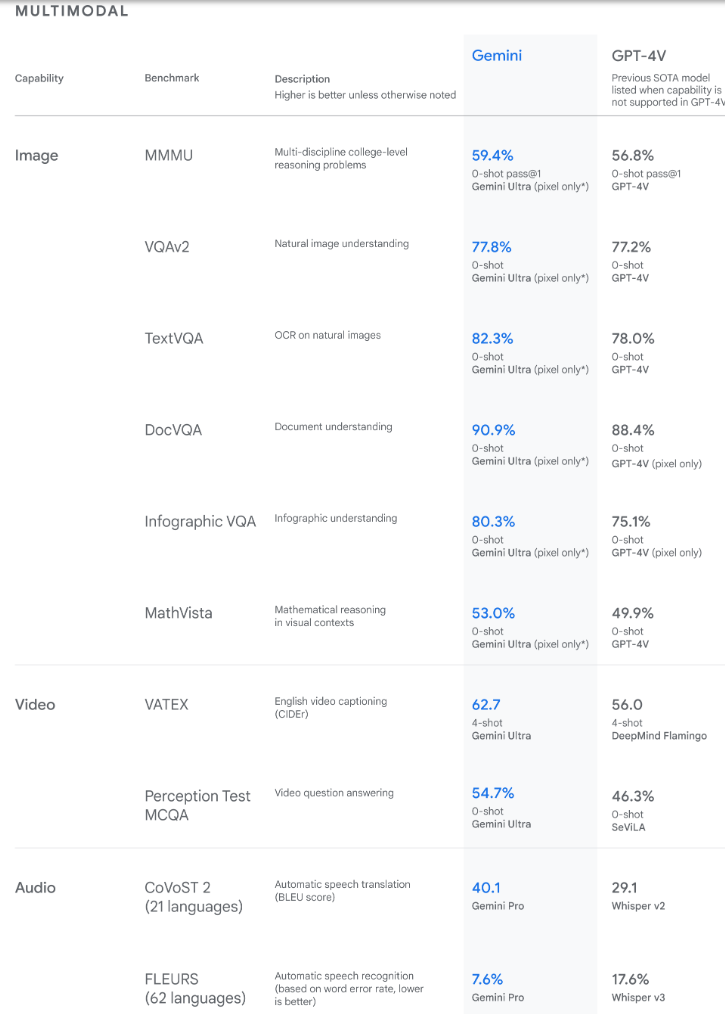Course
What is Google Gemini? Everything You Need To Know About Google’s ChatGPT Rival
Gemini defines a family of multimodal LLMs capable of understanding texts, images, videos, and audio. It’s also said to be capable of performing complex tasks in math and physics, as well as being able to generate high-quality code in several programming languages.
Updated Jan 2024 · 9 min read
Start Your AI Journey Today!
2 hr
15.1K
Course
AI Ethics
1 hr
6.3K
Course
Generative AI for Business
1 hr
2.2K
See More
RelatedSee MoreSee More
How to Become a Prompt Engineer: A Comprehensive Guide
A step-by-step guide to becoming a prompt engineer: skills required, top courses to take, with career advancement tips.
Srujana Maddula
9 min
Generative AI Certifications in 2024: Options, Certificates and Top Courses
Unlock your potential with generative AI certifications. Explore career benefits and our guide to advancing in AI technology. Elevate your career today.
Adel Nehme
6 min
[AI and the Modern Data Stack] Accelerating AI Workflows with Nuri Cankaya, VP of AI Marketing & La Tiffaney Santucci, AI Marketing Director at Intel
Richie, Nuri, and La Tiffaney explore AI’s impact on marketing analytics, how AI is being integrated into existing products, the workflow for implementing AI into business processes and the challenges that come with it, the democratization of AI, what the state of AGI might look like in the near future, and much more.
Richie Cotton
52 min
Becoming Remarkable with Guy Kawasaki, Author and Chief Evangelist at Canva
Richie and Guy explore the concept of being remarkable, growth, grit and grace, the importance of experiential learning, imposter syndrome, finding your passion, how to network and find remarkable people, measuring success through benevolent impact and much more.
Richie Cotton
55 min
Building Intelligent Applications with Pinecone Canopy: A Beginner's Guide
Explore using Canopy as an open-source Retrieval Augmented Generation (RAG) framework and context built on top of the Pinecone vector database.
Kurtis Pykes
12 min
Semantic Search with Pinecone and OpenAI
A step-by-step guide to building semantic search applications using OpenAI and Pinecone in Python.
Moez Ali
13 min


